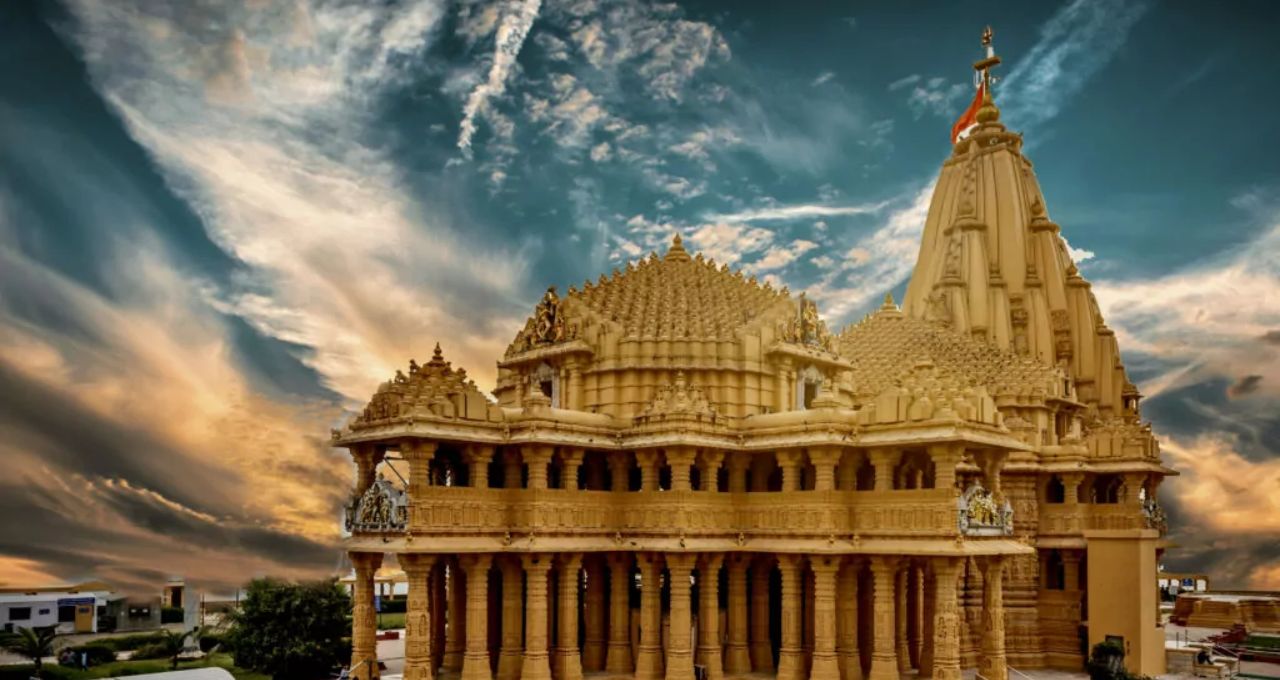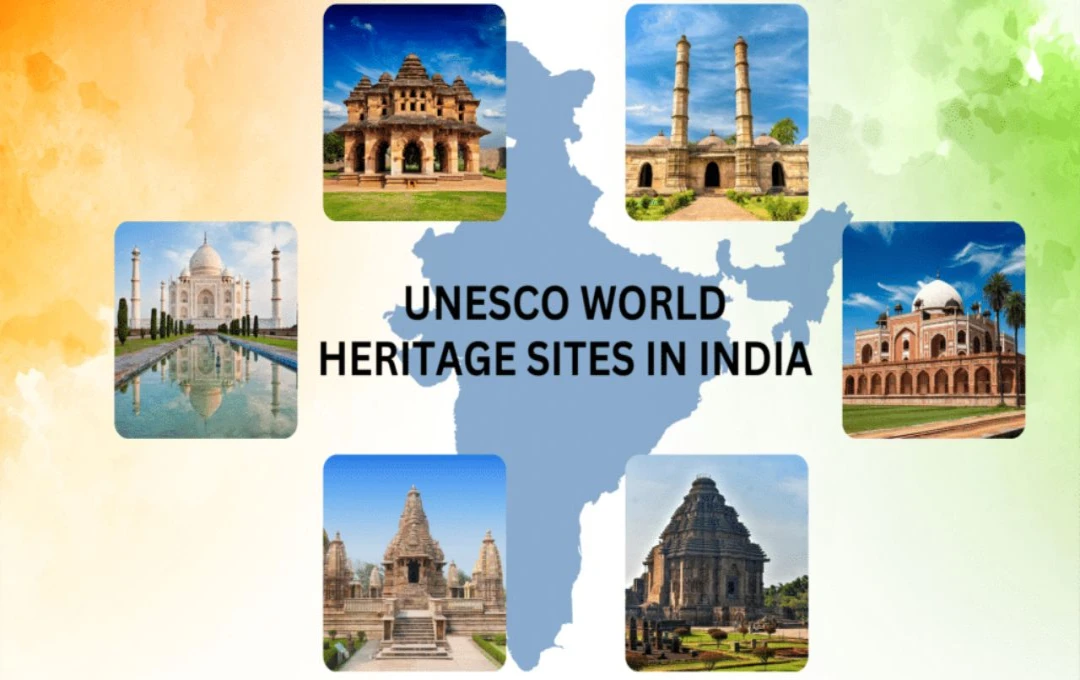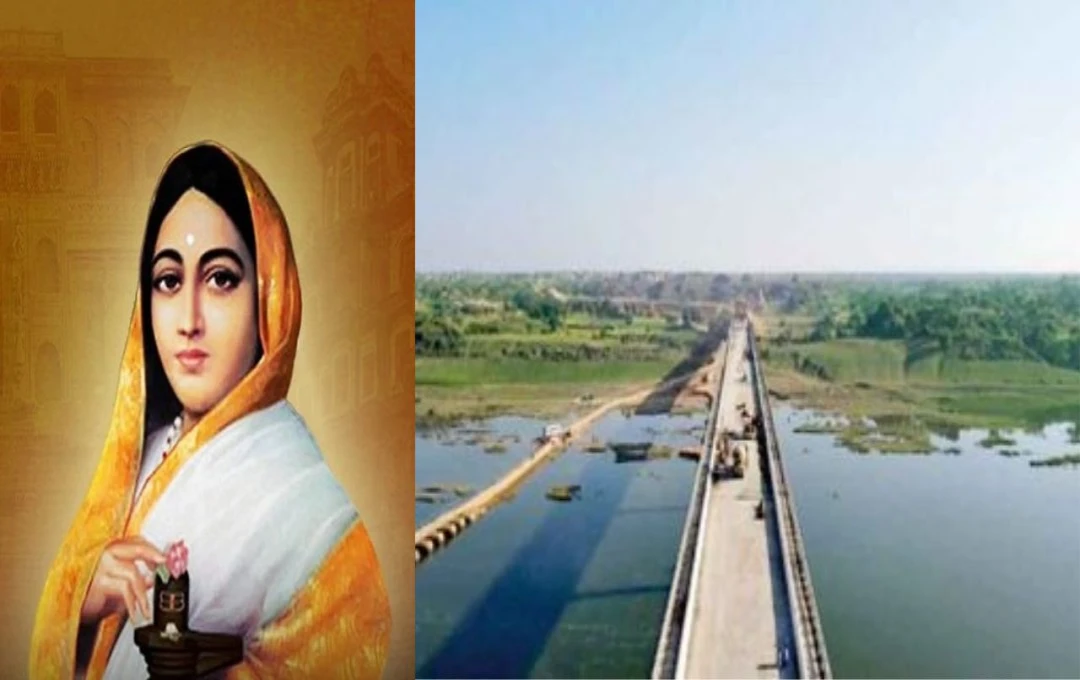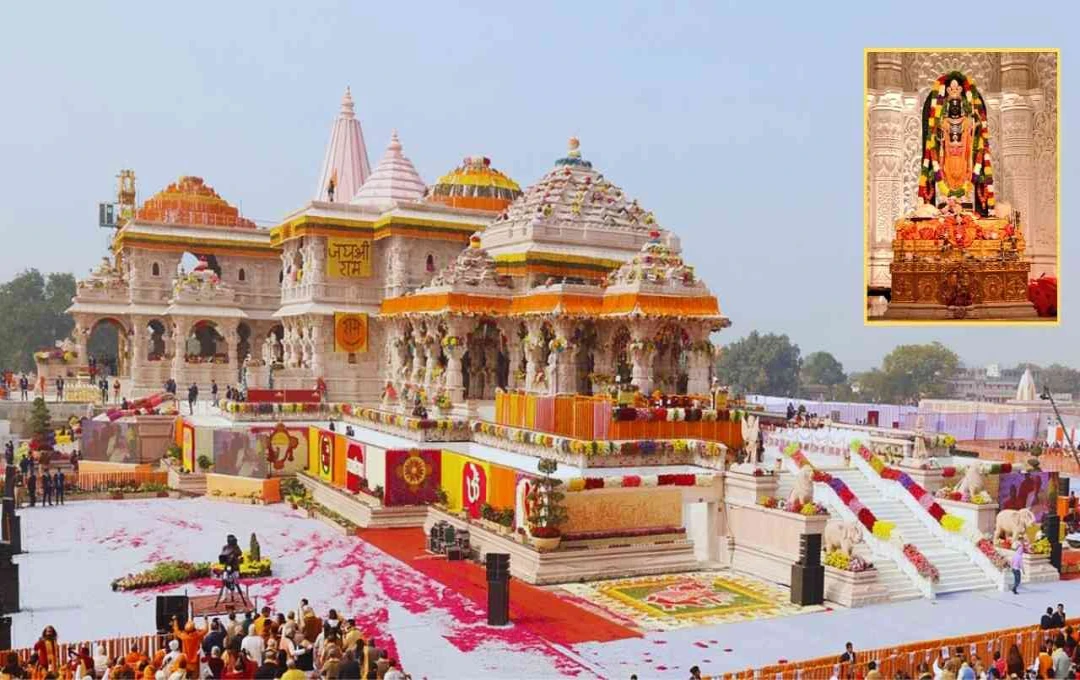India is a land steeped in history. For millennia, its soil has nurtured civilizations, empires, and a vibrant tapestry of cultures. This land has gifted the world with some of the oldest cities, temples, monuments, and forts. Even in 2025, as we race towards modernity, it becomes crucial not only to recognize but also to preserve our heritage.
World Heritage Sites – UNESCO Recognition
India boasts over 40 sites recognized as UNESCO World Heritage Sites. These include magnificent landmarks such as the Taj Mahal (Agra), Qutub Minar (Delhi), Khajuraho Temples (Madhya Pradesh), Ajanta-Ellora Caves (Maharashtra), and the monuments of Mahabalipuram (Tamil Nadu). These sites not only showcase India's architectural prowess but also illuminate the social, religious, and scientific thought of their time.
Forts and Palaces – A Confluence of Valor and Beauty
The forts of Rajasthan, such as Amer, Jaisalmer, Kumbhalgarh, and Chittorgarh, are more than just structures of brick and stone; they are living testaments to tales of valor, sacrifice, and honor. In 2025, these forts have become not only major tourist destinations but also hold significant importance in the film and photography industries.

Temples – A Fusion of Architecture and Devotion
From Kanchipuram to Konark, from Badrinath to the Meenakshi Temple, India's temples are renowned for their unique designs, sculptures, and religious significance. These temples are not merely places of worship; they also reflect our understanding of engineering, mathematics, and astronomy.
The Conservation Challenge – How to Protect Our Heritage?
In 2025, increasing urbanization, pollution, and overcrowding pose significant threats to many historical sites. Many monuments display visible dirt, graffiti, and deterioration.
- Efforts are underway by the government and the ASI (Archaeological Survey of India), including:
- Digital archiving
- Smart guides and AR-based tourism apps
- Involvement of local communities
- However, public awareness remains crucial. The safety of these sites will remain incomplete until ordinary citizens consider them their own heritage.

Heritage and the Young Generation
While today's generation may show less interest in history, social media and digital platforms have made it more engaging. Whether it's fort photos on Instagram or vlogs on YouTube, young people are exploring these sites. School and college trips are also connecting children with this heritage.
Staying Connected to Our Heritage is Essential
India's historical heritage is not merely a memory of the past but an inspiration for the future. Preserving these monuments and stories will not only boost tourism but also strengthen the nation's identity.














